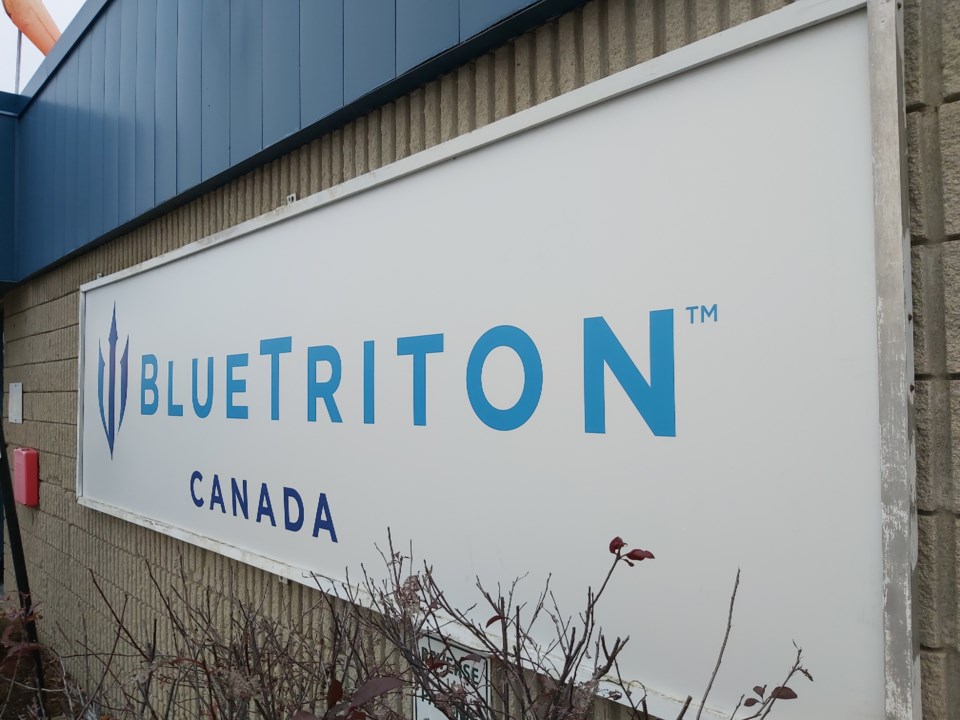PUSLINCH – While 2022 was the driest year since water bottling companies began monitoring, BlueTriton consultants and officials maintained the company’s water taking for bottling purposes is sustainable.
BlueTriton, the conglomerate who purchased Nestle Waters Canada’s operations in 2021, held a sparsely-attended in-person meeting Thursday morning at the Puslinch Community Centre going over 2022 annual monitoring reports for its wells in Aberfoyle and Erin where it has permits to take water for bottling purposes.
The company can’t exceed 3.6 million litres taken daily at the Aberfoyle well and 1.1 million litres from the Erin well.
The report showed the company took 672 million litres from the Aberfoyle well, about 51 per cent of what it is allowed under its permit, and 28 million litres or seven per cent of what is permitted from the Erin well.
Through all this, the company and consultants monitor ground and surface water levels at more than a dozen stations either at or near the site as well as monitoring animal, fish and vegetative species.
One by one, various consultants monitoring said they found no evidence of any issues associated with BlueTriton’s water pumping, even in an unusually dry year.
“I think as we’re all aware, 2022 was really quite a dry year … the lowest on this record of 21 years,” said Chris Neville, hydrologist with SSP and Associates, based on data collected from Shades Mill.
The monitoring data showed annual precipitation of 682 millimetres, almost 28 per cent below the 20-year average.
There was a level one low water level advisory issued in June that was later upgraded to a level two that remained in place for the rest of the year. In this case the company would reduce its maximum water taking to 90 and 80 per cent of what is allowed.
“There are really no long term trends in the water levels in the well … the water levels basically recover to a similar level that they always have which is about 312 metres above sea level,” Neville said. “That’s another line of evidence that the water takings are sustainable.”
During a question and answer session, Wellington Water Watchers member Karen Rathwell questioned why BlueTriton doesn’t pump less during drought conditions, even if they do remain well under what they’re legally allowed to.
Simard pointed out during the summer they were usually pumping around 60 per cent of what they are allowed to and the company doesn’t stockpile large amounts of bottled water.
“We only produce what the demand is, in the summer months a lot of Canadians want to drink water,” Simard said. “We want to make sure that we’re not negatively impacting and we only take what we need.”
Simard stressed the company will continue the strict monitoring, which goes beyond what they’re legally required to do, and if negative trends were found there would be action taken — an unsustainable water source ultimately would not be good for business she and corporate affairs director Jennifer Kerr told EloraFergusToday after the meeting.
BlueTriton is just one of many water takers around Aberfoyle, many of whom have permits to take more water than it does but Simard and Kerr pointed out do not do the same level of monitoring or public reporting.
“I would love to see others that have permits out there just to do the same because I think it’s valuable information, and if we could put it all together make some sense out of it, I think it would be great,” Simard said.
